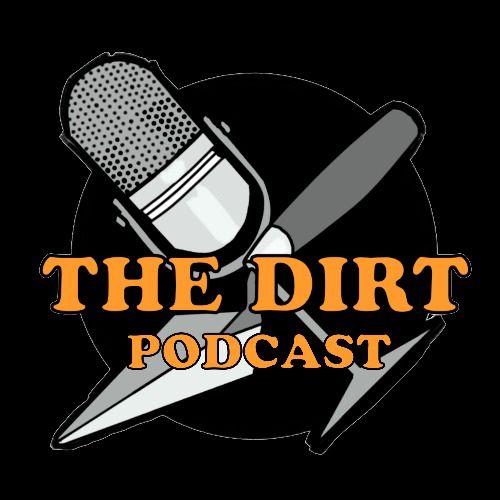Episode 41
Let's Talk About (Inter)Sex
This week's episode was inspired by news coverage of Revolutionary War hero Casimir Pulaski, who, according to his skeleton, may have been intersex. But what does it mean to be intersex, and how do we incorporate this very real form of existence into our understanding of the archaeological record? Learn along with Anna and Amber from forensic archaeology, American history, Indigenous American culture, and a truly heart-wrenching tale from Iran.
Revolutionary War Hero's Skeleton Suggests He Was Intersex (Forbes)
What is intersex? (Intersex Society of North America)
Was This Famous Revolutionary War Hero Intersex? (LiveScience)
Revolutionary War hero Casimir Pulaski might have been a woman or intersex (NBC News-- not great)
Was the Revolutionary War Hero Casimir Pulaski Intersex? (Smithsonian)
Two Spirit (Indian Health Service)
A Cree doctor's caring approach for transgender patients (CBC)
Engendering archaeology : women and prehistory (via WorldCat)
Between Male and Female (Sapiens)
Breaking the Borders/Violating the Norms: An Archaeological Survey of an Intersex in a Traditional Society, Bam (South Eastern Iran) (Sexuality & Culture)

